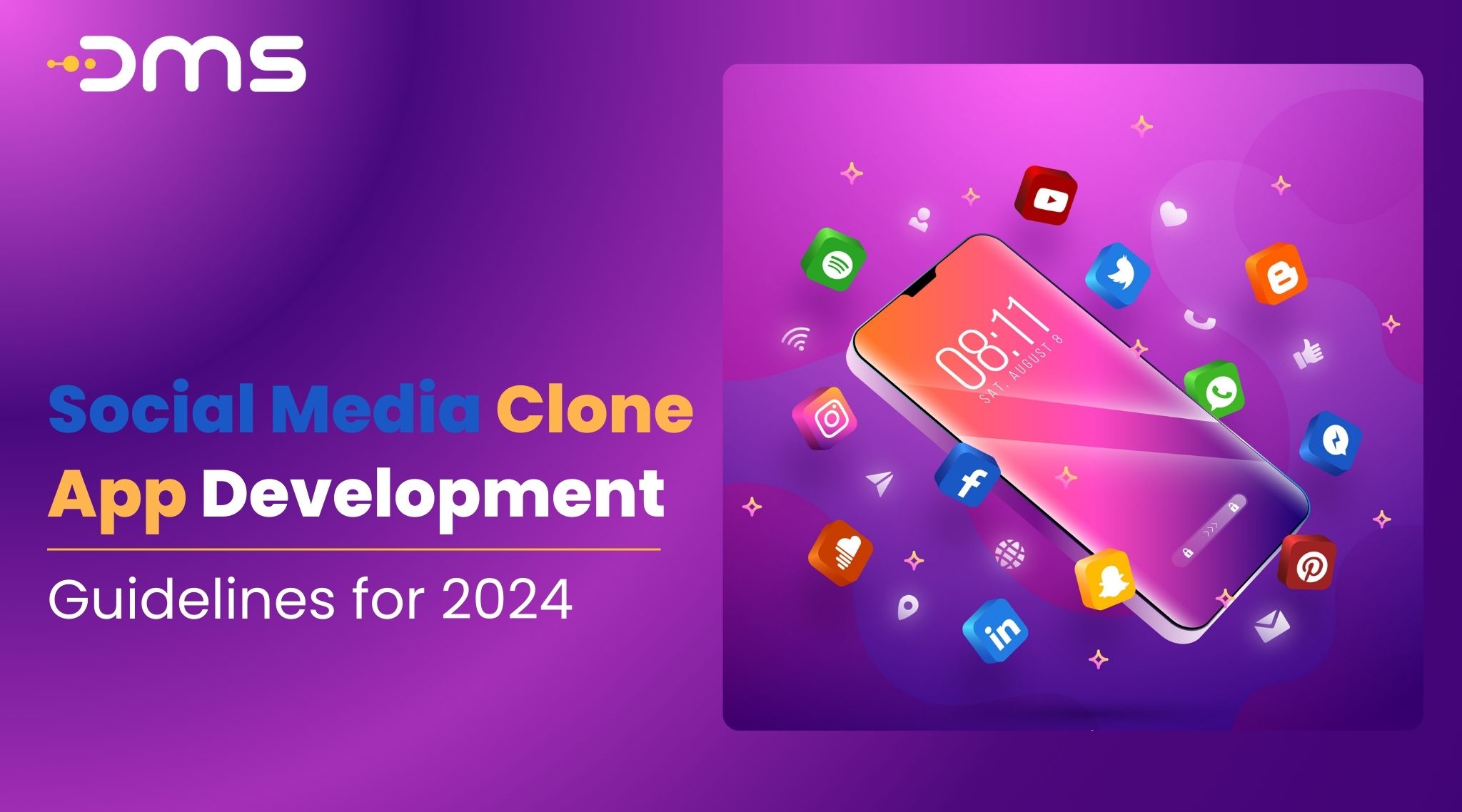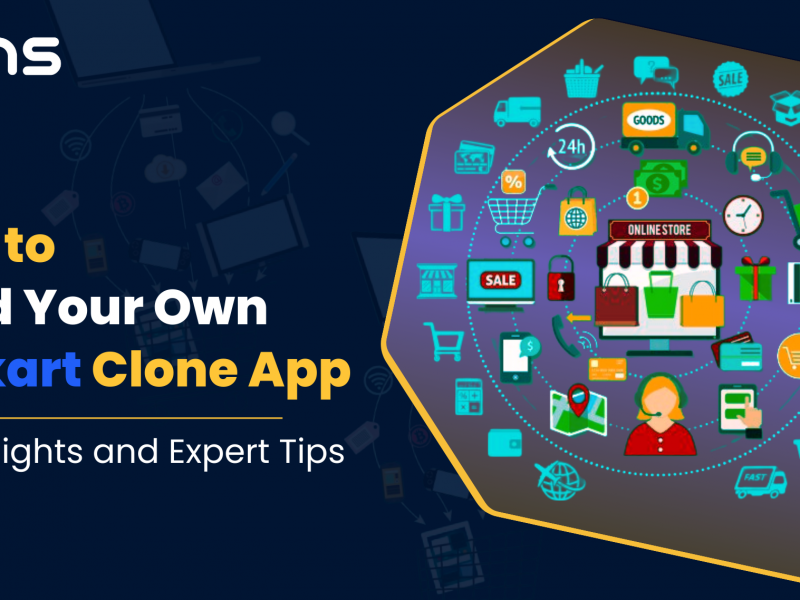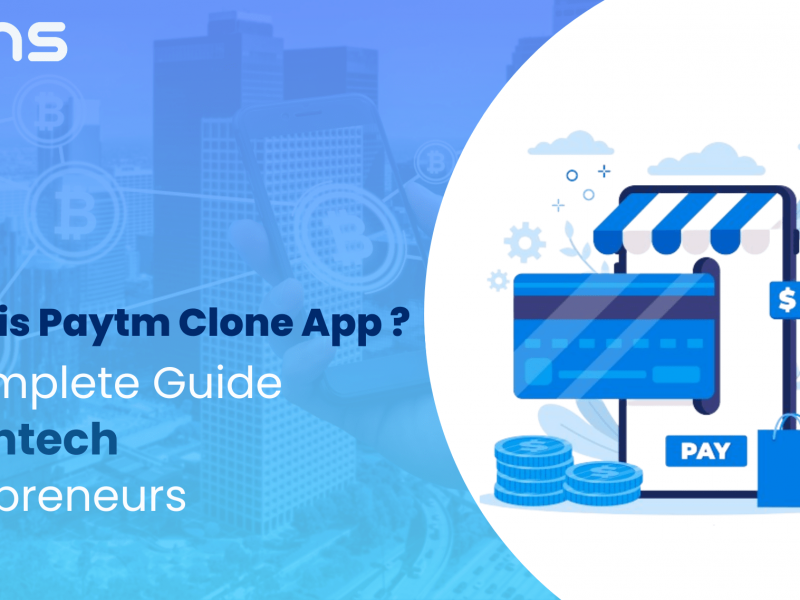Our comprehensive guide on social media clone app development. Whether you’re a budding entrepreneur or an experienced developer, this guide will provide you with the knowledge and insights you need to create your own social media platform. The Social Media Advertising market is the second biggest market within Digital Advertising. The worldwide revenue of US$207 billion in 2023 is expected to grow to US$255 billion in 2028.
It’s provide you with an introduction to social media clone app creation in this part, along with an outline of the lessons you should expect from this tutorial. We’ll explore the concept of cloning popular social media platforms and how it can be a viable option for startups looking to enter the market quickly and efficiently.
Understanding Social Media Clone Apps
Social media clone apps are replicas of existing social media platforms, designed to emulate their features and functionalities. They work by mimicking the core functionalities of the original app, such as user profiles, content sharing, messaging, and engagement tools.
Clone apps are developed using similar technology stacks and frameworks as the original platform, often leveraging open-source code or APIs. The number of downloads in the Social Networking Market is projected to reach 11.19bn downloads in 2022. While clone apps offer similar experiences to users, they may introduce variations or additional features to differentiate themselves.
These apps cater to niche markets, offer alternatives to mainstream platforms, or serve as learning tools for developers.
What are Social Media Clone Apps?
In essence, social media clone applications are duplicates or imitators of well-known social media sites like Twitter, Instagram, and Facebook. They mimic the functionality and features of these platforms, allowing users to engage in similar activities such as sharing posts, connecting with friends, and more.
Why Develop a Social Media Clone App?
But why would someone want to develop a social media clone app in the first place? In this section, we’ll discuss the various reasons why cloning a social media platform can be a lucrative and strategic decision for entrepreneurs and developers alike.
Research and Experimentation: Developing a social media clone app allows developers to explore different features, functionalities, and design patterns used in existing social media platforms.
Entrepreneurial Ventures: Some entrepreneurs may see value in creating a social media clone app as a business opportunity. Developing a customised social media clone allows them to incorporate features and functionalities that align with their objectives and target audience.
Community Building: Developing a social media clone app focused on specific communities or interests can foster connections and interactions among like-minded individuals.
Basics of Social Media Clone App Development
Now that we understand the concept, let’s move on to the basics of social media clone app development. We’ll cover everything you need to know to get started, from essential concepts to key features and design considerations.
Technologies and Frameworks for Social Media Clone Apps
Selecting the correct technologies and frameworks is paramount in developing a social media app clone. Commonly utilized tools include JavaScript, React Native, Swift, Node.js, and MongoDB. These enable robust frontend and backend development, ensuring scalability and performance.
Frameworks like React.js, Express.js, and Firebase streamline development, while cloud services such as AWS and Firebase facilitate deployment.
Authentication is often managed through OAuth and JWT, and real-time features leverage WebSocket and Socket.IO. CDNs like Cloudflare enhance content delivery, and analytics tools such as Google Analytics aid in monitoring user engagement.
DevOps tools like Docker and Kubernetes streamline deployment processes.
Key Features of Social Media Clone Apps
Every social media clone app should include essential features such as user profiles for personalisation, news feeds for content discovery, and messaging systems for communication. Additionally, features like photo and video sharing, likes, comments, and notifications enhance user engagement.
Explore/discover pages aid in content exploration, while analytics provide insights for users. Integration with other platforms through APIs boosts connectivity. Lastly, robust security measures and privacy settings ensure user safety and trust.
These features collectively contribute to the success of a social media platform by fostering user interaction, content discovery, and community engagement.
Design Considerations for Social Media Clone Apps
Aside from functionality, design significantly impacts a social media clone app’s success. Emphasising user experience, prioritising simplicity, and intuitive navigation for seamless interaction. Consistent branding and visually appealing interfaces enhance engagement.
Implement responsive design for accessibility across devices, ensuring a seamless experience. Prioritise content visibility and prioritise key features prominently. Employ whitespace and visual hierarchy to reduce clutter and guide user attention effectively.
Customisable profiles and personalised recommendations enhance user connection and satisfaction. By adhering to these design principles, you can craft an engaging and user-friendly interface that drives user adoption and retention.
Libraries and Tools for Social Media Clone App Development
In this section, we’ll highlight libraries, tools, and resources that can aid in the development process. From frontend libraries to backend frameworks, we’ll provide you with a comprehensive list of options to choose from.
Frontend Libraries for Social Media Clone Apps
Frontend development is crucial for creating a seamless user experience. We’ll discuss frontend libraries commonly used in social media clone app development, such as React or Vue.js, and how they can benefit your project.
Backend Frameworks for Social Media App Clone
Backend frameworks are responsible for handling the server-side logic of your app. We’ll explore backend frameworks suitable for building social media clone apps, such as Django or Express.js, and how they can streamline the development process.
Real-World Applications of Social Media Clone Apps
In this section, we’ll showcase real-world examples and case studies of successful social media app clone. These case studies will provide you with valuable insights and inspiration for your own project.
Case Study of Instagram Social Media Apps
The Instagram app aims to replicate the core features and functionalities of the original Instagram platform while possibly incorporating some unique features or catering to a specific niche audience.
Main Features of Instagram
- Photo and Video Sharing: Instagram allows users to upload photos and videos from their devices or capture them directly within the app. Users can apply various filters, edit their content, and add captions before sharing them with their followers.
- Stories: Instagram Stories enable users to share ephemeral content that disappears after 24 hours. This feature includes various interactive elements such as stickers, polls, and question boxes, enhancing user engagement.
- Direct Messaging: Users can send private messages to individuals or create group chats within the app. This feature facilitates one-on-one communication and enables users to share content privately.
- Explore Tab: The Explore tab suggests content based on users’ interests, interactions, and trending topics. It provides a curated feed of photos, videos, and IGTV content from accounts that users may not follow but might find interesting.
- IGTV: Instagram TV (IGTV) allows users to upload longer-form videos, up to 10 minutes for regular users and up to 60 minutes for verified accounts. IGTV aims to compete with platforms like YouTube by providing a space for creators to share longer and more engaging content.
- Reels: Introduced as a response to the growing popularity of short-form video content, Reels allows users to create and discover short, entertaining videos set to music or audio clips. Users can share Reels on their feed, Stories, or the Explore tab.
- Shopping: Instagram Shopping enables businesses to tag products in their posts and stories, allowing users to discover and purchase items directly from the app. This feature enhances the e-commerce experience and promotes seamless shopping within the platform.
Success Story Instagram:
Instagram’s success can be attributed to several factors:
User-Centric Design: Instagram prioritized user experience by offering a simple yet intuitive interface with powerful editing tools and engaging features.
Continuous Innovation: Instagram consistently introduced new features and updates to stay relevant and adapt to changing user preferences and industry trends.
Strategic Partnerships: The acquisition by Facebook provided Instagram with access to resources, expertise, and a broader user base, accelerating its growth and market reach.
Community Engagement: Instagram fostered a vibrant community of creators, influencers, and users, driving engagement and user-generated content on the platform.
Monetization Opportunities: Instagram successfully implemented monetization strategies such as advertising, sponsored content, and e-commerce, generating substantial revenue while maintaining user satisfaction.
Overall, Instagram’s journey from a simple photo-sharing app to a multifaceted social media platform exemplifies the power of innovation, user-centric design, and strategic partnerships in driving success in the digital landscape.
Conclusion
To wrap up our guide, we’ll summarise the key points covered and provide suggestions for further reading or next steps. DMS Infosystem is clone app development company. Whether you’re ready to start building your own social media clone app or simply looking to learn more, we hope this guide has been informative and inspiring. Thank you for joining us on this journey into the world of social media clone app development!
Fa&Q
1: What are social media clone apps, and why are they popular?
- Social media clone apps are platforms that replicate the features and functionalities of popular social media networks like Facebook, Instagram, or TikTok. They are popular because they offer familiarity to users while sometimes providing niche-specific features or catering to specific demographics.
2: What are the key factors to consider before developing a social media clone app?
- Before diving into development, it’s crucial to conduct thorough market research to identify target audiences and their preferences. Additionally, analysing competitors can provide insights into what features are essential and what improvements can be made to differentiate your app.
3: What technologies should be leveraged for social media clone app development in 2024?
- In 2024, technologies like artificial intelligence (AI), machine learning (ML), augmented reality (AR), and blockchain will gain prominence in social media app development. Integrating these technologies can enhance the user experience, personalise content, ensure data security, and offer innovative features.
4: What are the legal considerations for developing social media clone apps?
- Legal aspects such as copyright infringement, data privacy laws (like GDPR and CCPA), terms of service, and user data protection should be carefully addressed during development. Consultation with legal experts can help ensure compliance with relevant regulations and mitigate risks.
5: How can user engagement and retention be improved in social media clone apps?
- Enhancing user engagement and retention involves providing interactive features, personalised content recommendations, seamless user interfaces, gamification elements, and fostering community interactions. Regular updates, feedback mechanisms, and addressing user concerns also contribute to retention.


